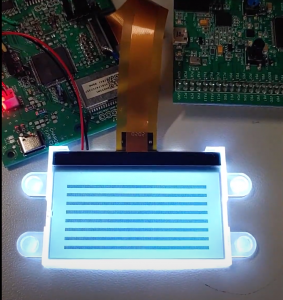This week I began integration of our full system, including debugging the hardware and software together.
A lot of effort was spent working with the new hardware, particularly establishing a strong physical connection with the LCD pins, learning to pair a speaker to the BM83, which required some soldering and re-soldering, exchanging dead wires, and removing bad connections.
Integration required a few attempts at debugging configuration issues since the audio path and UI had never been tested together. Eventually, with help from Xingran, I got this working. Now, the LCD is really dim, so I need to look into resolving this issue.
I conducted testing with a guitar as in input signal. There is latency of about 200ms (rough estimate), which I think is induced mostly by whatever Bluetooth codec we are using. Also, the signal is relatively distorted, with a significant amount of noise.
I successfully developed the delay effect, but noticed that it amplifies the noise due to the feedback loop.
Next steps are looking into the LCD display issue, implementing the EQ effect, and finalizing our video, poster, and report.
Here is quick video demo of playing guitar through BARI:
Demo

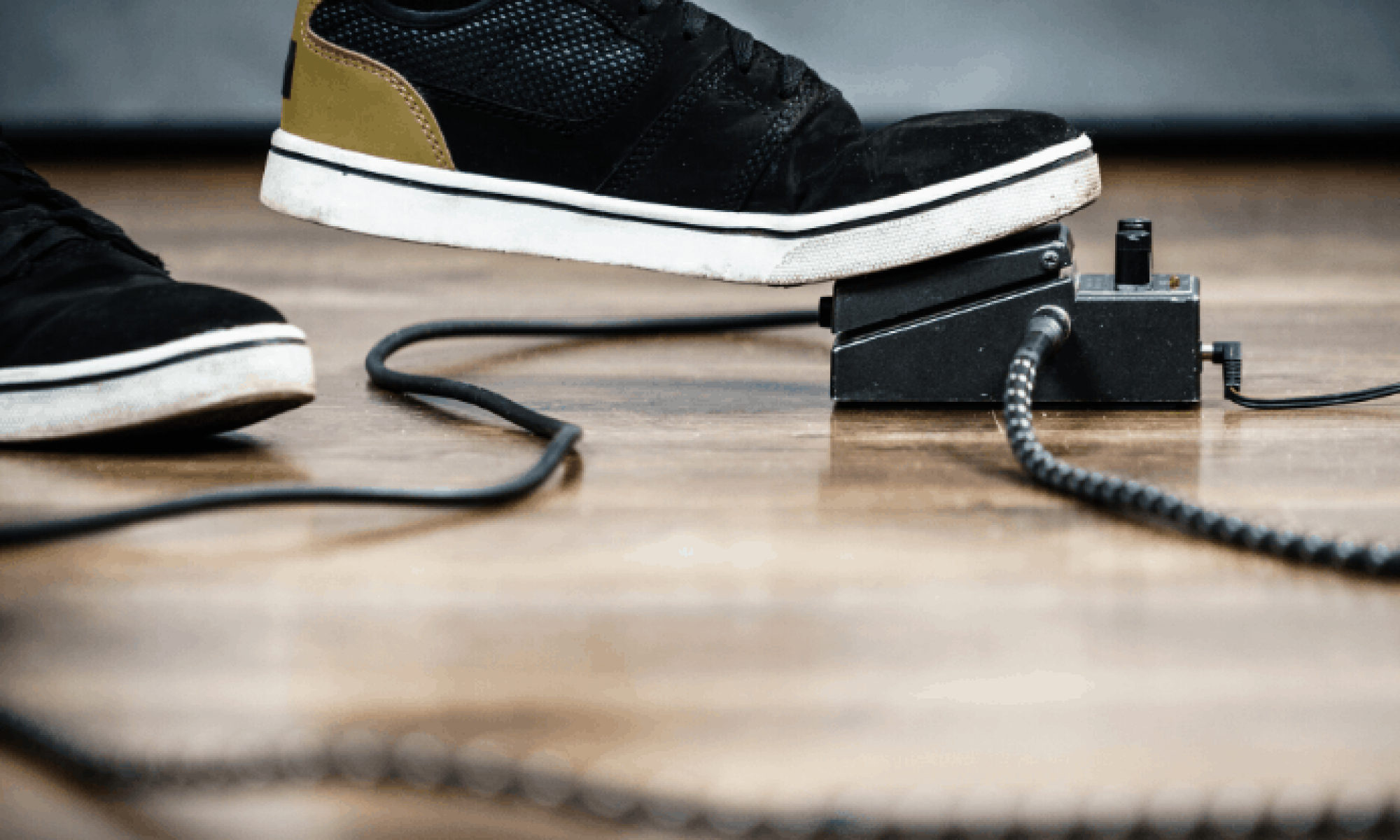
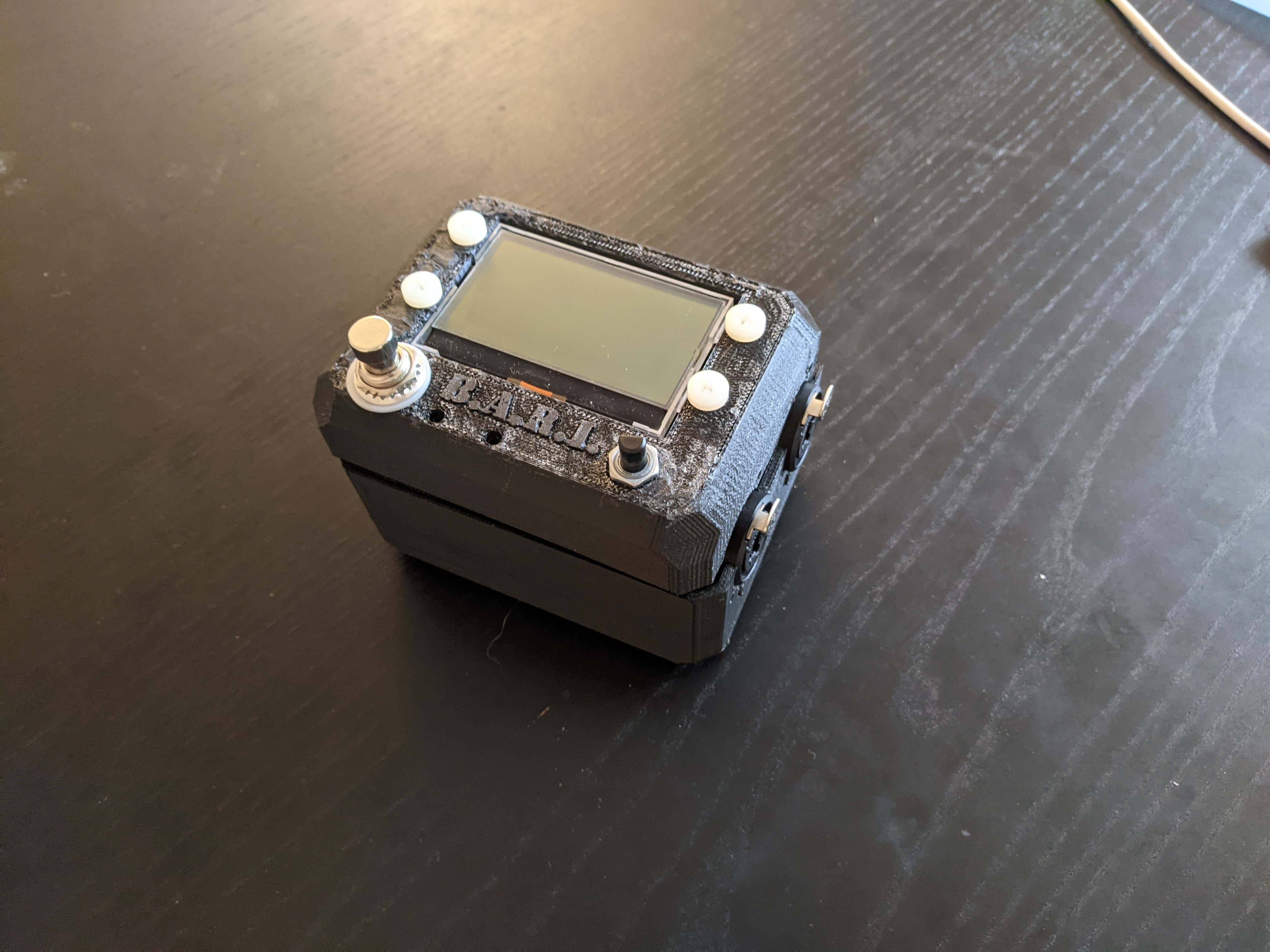 This week we continued work on the signal path and UI. We started using the new pre-amp on Rev2, observing a large increase in quality. Due to the current chip shortage, our manufacturer was unable to provide us with essential components we needed for a complete Rev2 assembly. As a workaround, we decided to pass the final design’s signal through this pre-amp and then jumping the signal over to one of the Rev1 boards. There is still some noise that appears to be from the ADC, which is being looked into.
This week we continued work on the signal path and UI. We started using the new pre-amp on Rev2, observing a large increase in quality. Due to the current chip shortage, our manufacturer was unable to provide us with essential components we needed for a complete Rev2 assembly. As a workaround, we decided to pass the final design’s signal through this pre-amp and then jumping the signal over to one of the Rev1 boards. There is still some noise that appears to be from the ADC, which is being looked into.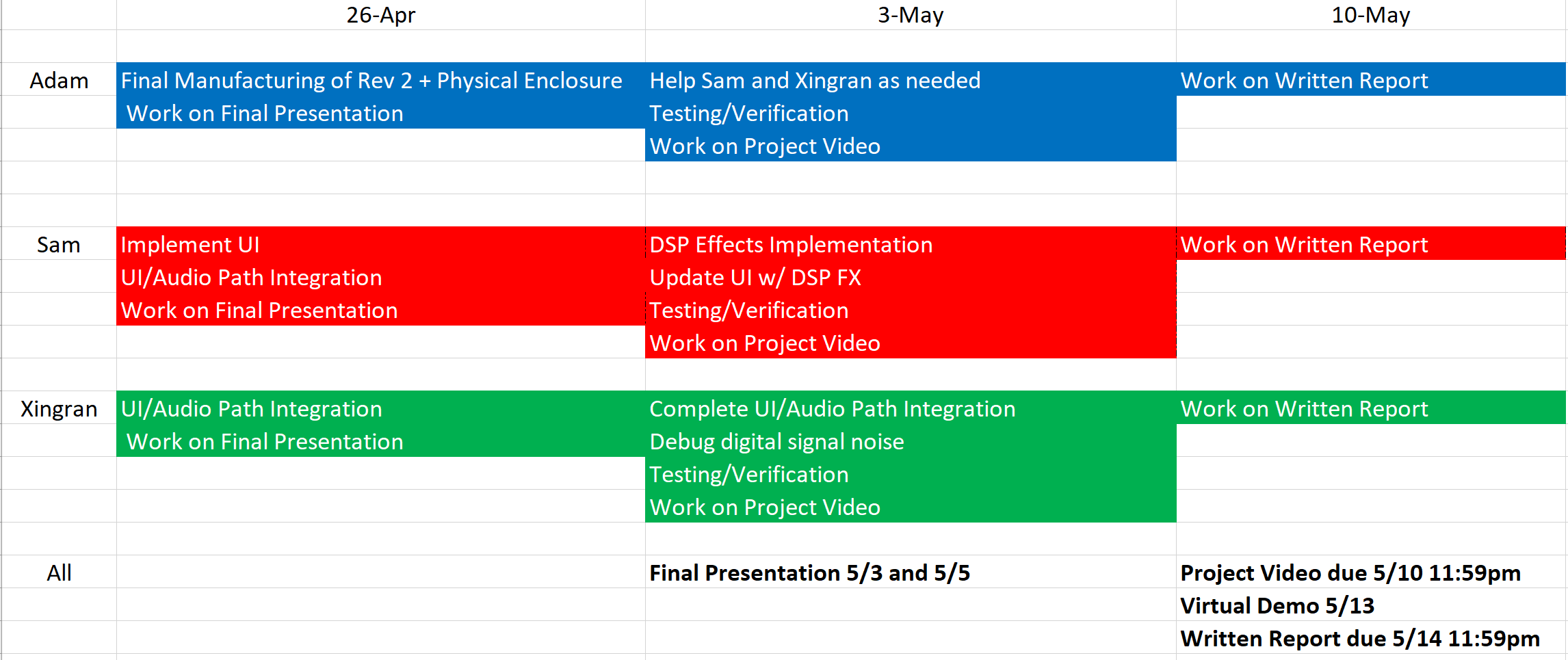
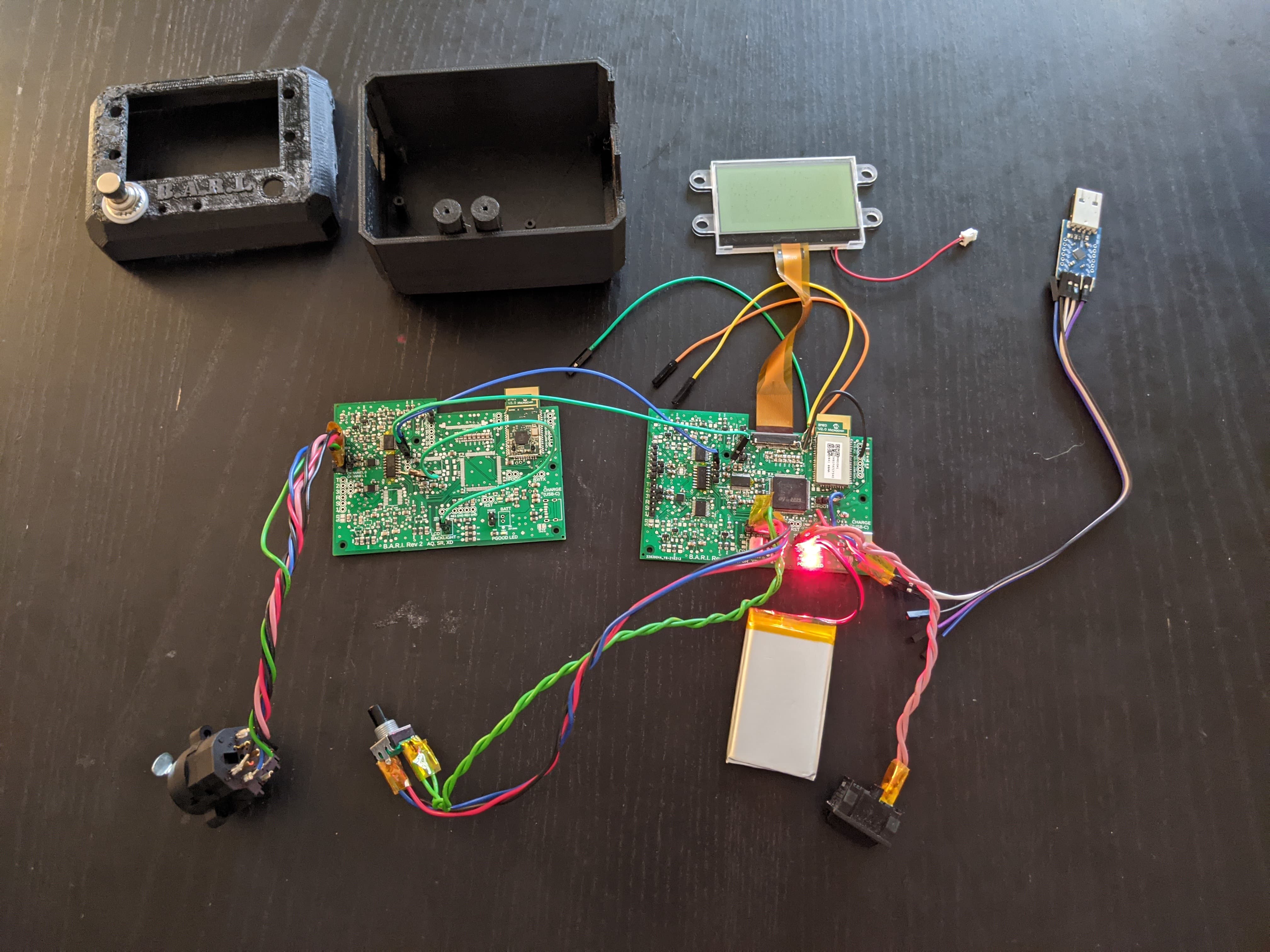
 This week I worked on the UI. I have successfully included global control variables for parameters such as channel enables and gain. Everything is controlled by the rotary encoder, button, and a programmable footswitch. As we add new effects or features, I can easily add new menus and variables given my modular infrastructure.
This week I worked on the UI. I have successfully included global control variables for parameters such as channel enables and gain. Everything is controlled by the rotary encoder, button, and a programmable footswitch. As we add new effects or features, I can easily add new menus and variables given my modular infrastructure.
